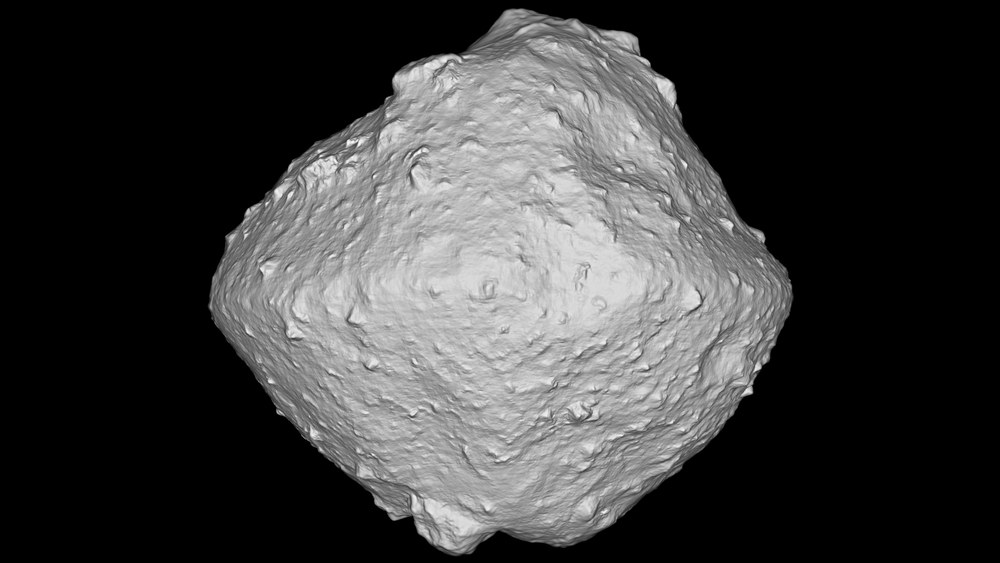Small Bodies (Asteroids and Comets)

Asteroids and comets form the most pristine bodies in the Solar System carrying information about its early formation history. They provide us with knowledge on the conditions in the parts of the Solar System where they formed and from where they were scattered throughout the Solar System. Small bodies impacting on Earth have been, and still are, a threat for life on our planet. At the same time, delivery of water and organic molecules from comets and asteroids was a likely pre-requisite for the formation of life on Earth. Recent international industrial interests in small bodies include the (far) future prospects for mining (in-situ ressource utilisation, ISRU). The scientific and security-related (Earth defense from impacts) importance of small bodies has led to a number of international space missions investigating these targets in the context of possible mitigation of impacts. The Institute of Planetary Research is heavily involved in these activities, addressing physical and chemical processes, thermal, mechanical and compositional studies of regolith, and modeling of evolutionary processes.
Past hardware developments to investigate comets and asteroids include the ROLIS camera, the MUPUS drill and the SESAME sounding sensors on board the Philae lander of ESA’s Rosetta mission. Furthermore, the institue has developed a camera and a radiometer for the DLR MASCOT lander on JAXA’s mission Hayabusa2. Camera data analysis took advantage of the in-house expertise on, e.g., photogrammetry. Hayabusa2 also returned samples from asteroid Ryugu to Earth. The institute is part of the research team performing first laboratory analyses of Ryugu samples after their successful return in 2020, and we plan to investigate these samples further in our new Sample Analysis Laboratory (SAL) in future. Based on this heritage, we plan to take part in future missions bringing samples of small bodies to Earth.
The institute’s expertise in shape reconstruction and reference frames is used to participate in NASA’s missions Psyche and Lucy visiting near-Earths and Trojan asteroids. Currently under development is a hardware contribution to the focal plane of the camera on board ESA’s first Fast Mission, Comet Interceptor, visiting a long-period comet. In addition, the institute is involved as science coordinator for the camera on board Hera, a mission to study a near-Earth asteroid to learn more about its properties in the context of planetary defense from small body impactors on Earth.
